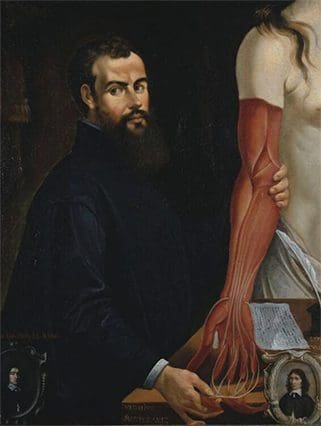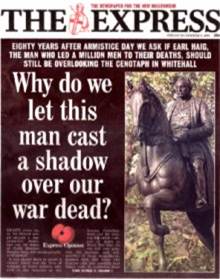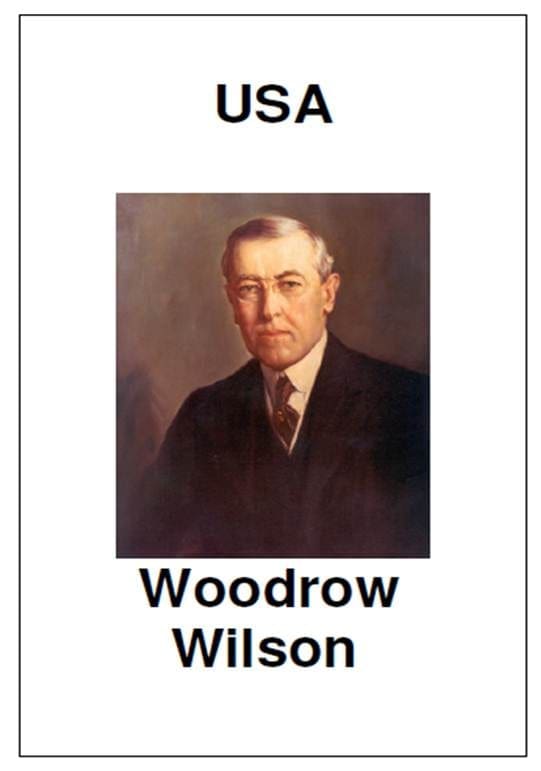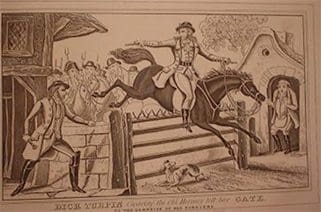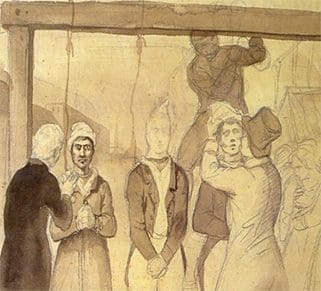
Fun lesson in which small groups have to predict punishments meted out for specific crimes in 1786 using original documents and then see if they were correct. They then try to work out why so few executions took place, prioritising their ideas with support to see if they can rival a recent text book’s explanation.
Starter
As students enter they are shown a list of crimes on slide 2 which they have to consider. All they are told is that the date is 1815, so they can relate it to other work they’ve done on poaching and smuggling. Can they predict which of the crimes was punishable by the death sentence? Make this short and snappy so students simply list the ones punishable by death. Then reveal the answer by animating the answer, which of course is that ALL are. Some may have ‘twigged’ this so don’t spend much time

